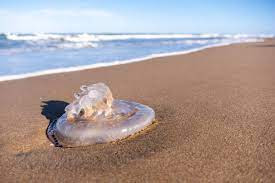Reading prompts for the class of December 13

Please read at least the preface, and Eirin Moure's "transelations" of Fernando Pessoa's heteronym, Alberto Caeiro (a "heteronym" of the Portuguese modernist poet Fernando Pessoa), and especially poem I (although the others are fine too :)). For the non-Portuguese speakers, perhaps you can have "more faithful" (?) glimpses of the "original (?) here: https://books.google.pt/books?id=gzHZDwAAQBAJ&printsec=frontcover&hl=pt-PT&source=gbs_ge_summary_r&cad=0#v=onepage&q&f=false Answer to one or more of these questions. 1. In what ways may we consider Sheep's Vigil as revising Alberto Caeiro's staging of "the pastoral"? 2. How can we view this process from the angle of an ecofeminist critique, and/or of "topopoetics" (see Tim Creswell's essay, on moodle) ? 3. Consider the following quotation and speculate how it might relate to Mouré's trans-e-lations of Alberto Caeiro / Fernando Pes...




